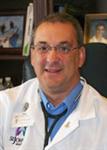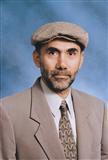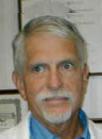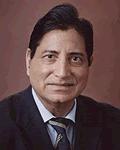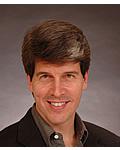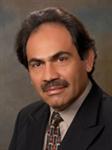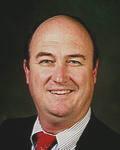Respiratory Therapy - this physical exercise acting on the human psyche. Simultaneously it is a pedagogical method. In addition, the aim of respiratory therapy is re-teach a person to breathe properly.
Incorrect breathing can lead to a breach of certain vital body functions and the emergence of diseases. Therefore, a deep correct breath is very important for everyone, regardless of age and health.
Breathing exercises can help with vegetative dystonia. This disease can manifest by insomnia, inability to concentrate attention, heart palpitations, fever, chronic fatigue, or other similar symptoms, which has an extremely adverse effect on human life.
What is a Respiratory Therapist?
The respiratory therapist treats illnesses that affect the cardiopulmonary system, such as cardiovascular disorders, asthma, emphysema, pneumonia.
In the hospital health care the respiratory therapist provides care and life support to patients in the emergency room, intensive care units, general hospital areas, the pulmonary diagnostics laboratory and other specialty areas such as rehabilitation. They use high-tech equipment and the latest medical procedures to help patients and may be employed in non-hospital environments as well.
Patients can receive care from a respiratory therapist in age from the premature infant to geriatrics age. The respiratory doctor is also involved in the diagnostic testing of infants, children and adults with underlying medical concerns including disease and sleep disorders.
Respiratory Therapy Programs
- Resource utilization of the respiratory system;
- Study the principles of therapeutic breathing;
- Studying the traditions of using the breath in regulation of mental and physiological sphere
- Static and dynamic breath;
- Rhythmic breathing;
- Breath holding;
- Cleansing Breath;
- Principle of consistency of motor activity and respiratory rhythms;
- Voiced breath;
- Trance breathing.
hide
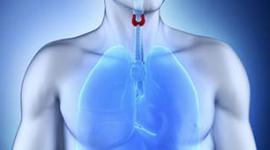 Respiratory Therapy includes a set of measures aimed at restoring of ventilation and gas exchange function of the lungs.
Respiratory Therapy includes a set of measures aimed at restoring of ventilation and gas exchange function of the lungs. 